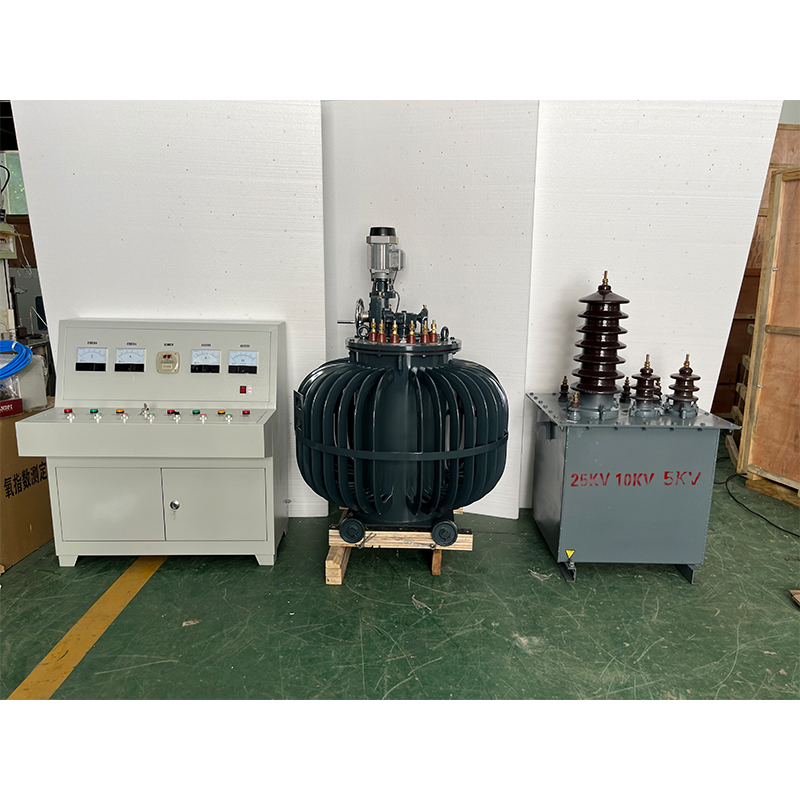Evaluating Fire Resistance Performance Using Advanced Testing Equipment and Techniques
Understanding Fire Resistance Test Machines Ensuring Safety and Compliance
In today's world, the importance of fire safety cannot be overstated. With the increasing frequency of fire incidents in residential, commercial, and industrial settings, the need for effective fire resistance testing has become paramount. This is where fire resistance test machines play a critical role. This article explores the functionality, significance, and various types of fire resistance test machines that are essential for ensuring that materials and constructions can withstand fire exposure.
What is a Fire Resistance Test Machine?
A fire resistance test machine is a specialized apparatus designed to evaluate the performance of building materials and construction assemblies under fire conditions. These machines simulate real-life fire scenarios, providing controlled environments to assess how materials react to heat, flames, and smoke over designated periods. The primary purpose of these tests is to determine the fire resistance rating of materials, which indicates how long they can withstand exposure to fire and delay the spread of flames.
The Importance of Fire Resistance Testing
Fire resistance testing is crucial for several reasons
1. Safety Assurance The foremost goal of fire resistance testing is to ensure the safety of occupants in buildings. By evaluating how long materials can resist fire, tests can assure compliance with safety regulations and reduce the risk of fire-related injuries or fatalities.
2. Regulatory Compliance Many countries have strict building codes and standards that mandate fire resistance testing for various materials. Ensuring compliance with these regulations is necessary for securing building permits and insurance, as well as for meeting legal obligations.
3. Material Performance Assessment Different materials possess varying degrees of fire resistance. Testing allows manufacturers and builders to compare material performance, ensuring that they choose the most suitable products for their projects.
fire resistance test machine

4. Innovation in Construction Materials As technology evolves, new materials are continuously being developed. Fire resistance test machines enable researchers and manufacturers to test these new materials, potentially leading to innovative solutions that enhance fire safety.
Types of Fire Resistance Test Machines
Fire resistance test machines come in various forms, each designed for specific applications and standards. Some of the most common types include
1. Horizontal and Vertical Test Furnaces These machines are designed to evaluate the fire resistance of walls, ceilings, and other structural elements. They create high-temperature environments to simulate real-world fire scenarios, allowing for assessments of how long different materials can bear up under fire exposure.
2. Cone Calorimeters This type of test machine measures the ignitability, heat release rate, and smoke production of materials when exposed to a controlled flame. The results help in understanding a material’s behavior during a fire, particularly its contribution to fire growth and smoke generation.
3. Room Corner Test Apparatus This machine assesses the fire performance of interior finishes and furnishings in an enclosed space. It simulates a room corner fire, allowing for a comprehensive evaluation of how materials interact when subjected to flames in a confined environment.
4. Fire Propagation Apparatus Used primarily to study flame spread and smoke development on surfaces, this type of test machine helps in assessing the overall flammability of materials in relation to building design.
Conclusion
Fire resistance test machines are indispensable tools in enhancing fire safety across various environments. By accurately evaluating how materials behave under fire conditions, these machines provide vital information that influences construction practices, regulatory compliance, and safety protocols. As the construction industry continues to innovate, the role of fire resistance testing will remain critical in safeguarding lives and preserving property against the ever-looming threat of fire. Effective collaboration between manufacturers, regulatory bodies, and researchers will drive advancements in testing methodologies, ensuring that our built environments are as safe as possible. Investing in reliable fire resistance test machines is not just about compliance; it is about cultivating a culture of safety that prioritizes the well-being of all.
-
Why the Conductor Resistance Constant Temperature Measurement Machine Redefines Precision
NewsJun.20,2025
-
Reliable Testing Starts Here: Why the High Insulation Resistance Measuring Instrument Is a Must-Have
NewsJun.20,2025
-
Flexible Cable Flexing Test Equipment: The Precision Standard for Cable Durability and Performance Testing
NewsJun.20,2025
-
Digital Measurement Projector: Precision Visualization for Modern Manufacturing
NewsJun.20,2025
-
Computer Control Electronic Tensile Tester: Precision and Power for the Modern Metal Industry
NewsJun.20,2025
-
Cable Spark Tester: Your Ultimate Insulation Assurance for Wire and Cable Testing
NewsJun.20,2025
 Copyright © 2025 Hebei Fangyuan Instrument & Equipment Co.,Ltd. All Rights Reserved. Sitemap | Privacy Policy
Copyright © 2025 Hebei Fangyuan Instrument & Equipment Co.,Ltd. All Rights Reserved. Sitemap | Privacy Policy
